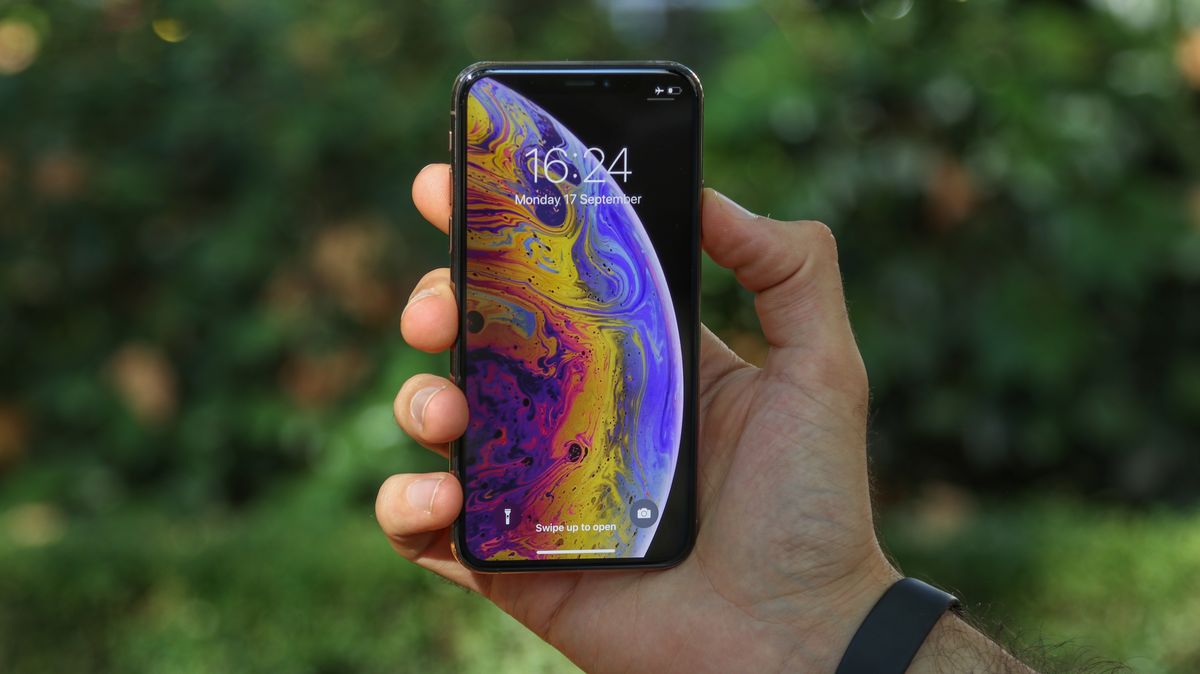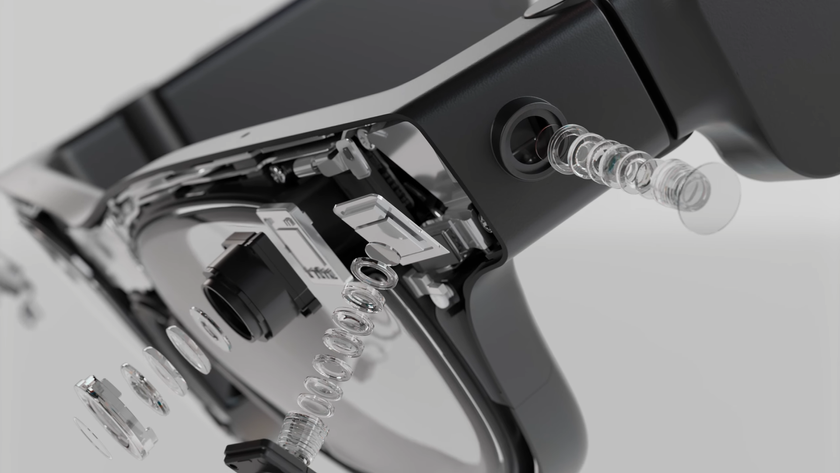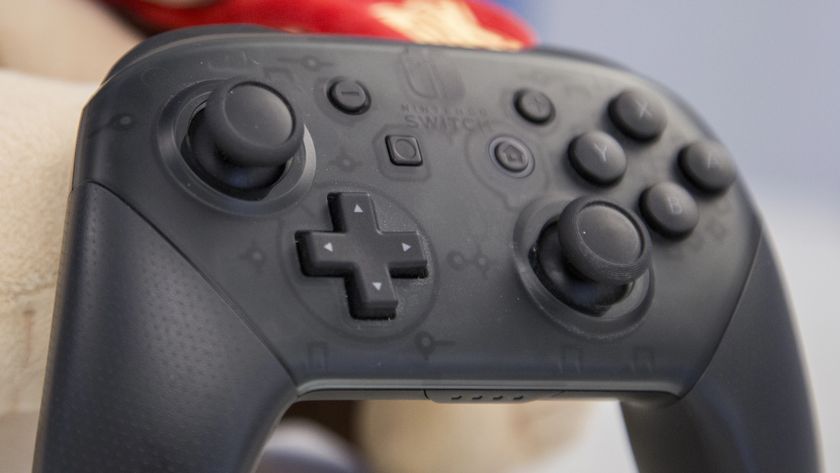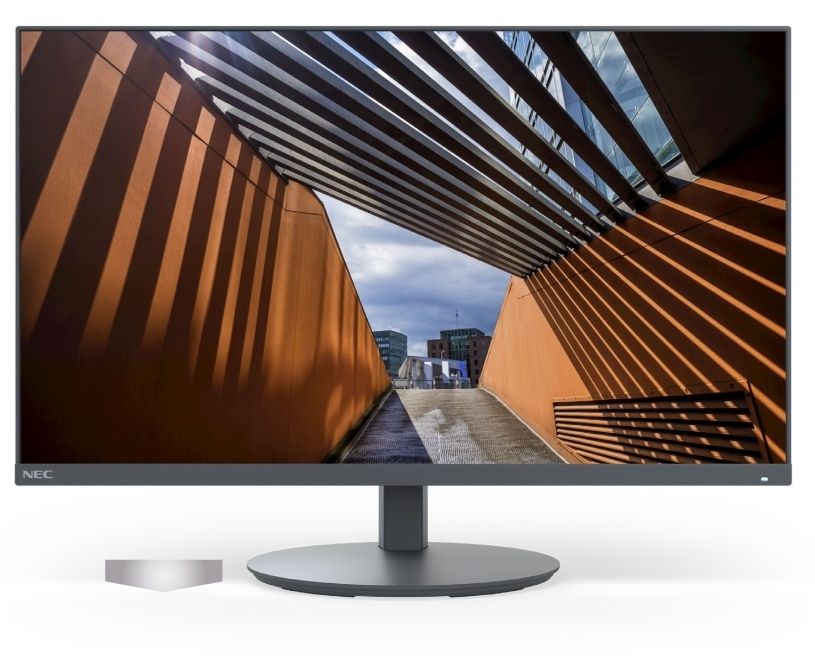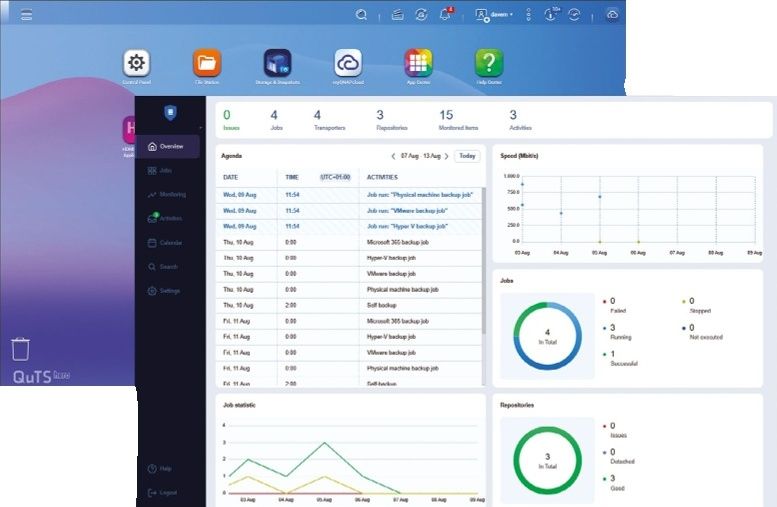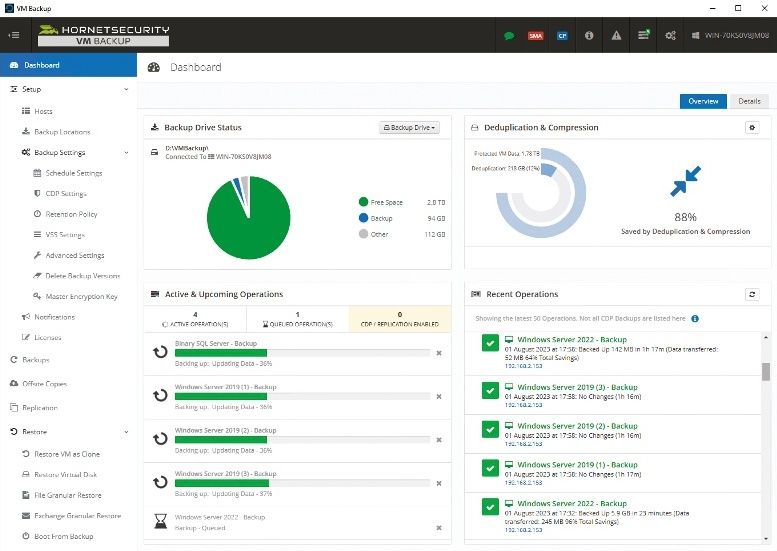TechRadar Verdict
Compared to the iPhone X, the speakers on the iPhone XS are more powerful and 'wider' in sound, the camera has been enhanced with Smart HDR, the battery management is better and the chipset is far more powerful inside. These are all just tweaks though, and it was smart from Apple to remove the iPhone X from sale, as that would have been a far more attractive option prior to the launch of the iPhone 11 range.
Pros
- +
Smart HDR helps the camera
- +
More powerful again
- +
Fast operation in the hand
Cons
- -
Battery life not world-beating
- -
Design not altered in a year
- -
Still very expensive
Why you can trust TechRadar
This is the iPhone XS – pronounced ‘10-S’, not ‘excess’ as you might think. It looks identical to 2017's iPhone X, and you might think that not a lot has changed – but it’s inside where the differences lie.
This is a weird situation for a review; usually, when looking at an ‘S’ variant of an iPhone we’re asking the question of whether it’s better than the now-cheaper model from the previous year.
In 2019, however, Apple made the choice to discontinue the iPhone XS to make way for the iPhone 11, iPhone 11 Pro (which is its direct successor) and iPhone 11 Pro Max. That was followed up in 2020 with the iPhone 12 models (of which there are four), with the iPhone 12 Pro the latest in the iPhone XS line – but Apple's 2018 flagship is still a powerful device you'll be able to buy from third-party retailers, even into 2021.
The devices change over time, too, thanks to software updates. The iPhone XS package is a lot more tempting now that iOS 14 is readily available, bringing many new features like widgets, Dark Mode, and a range of app speed increases, so you can make the most of your iPhone experience.
Each of the three has new and improved specs over the 2018 iPhones, but the latter two are also more expensive.
Alongside the iPhone 11 range announcement, Apple confirmed that it would no longer sell the iPhone XS – it's being dropped from the company's line, but that doesn't mean you can't buy it. Retailers and carriers will still stock it for a while to come, so if this review gets you excited to own it, that's still a possibility.
In 2018, the iPhone XS launched alongside the iPhone XR – it’s a more affordable handset than the iPhone XS, but packs in many of the same features, making it in many ways more impressive. Plus, unlike the iPhone XS, it's still on sale.
Update: iOS 15 has been announced at WWDC 2021 and it will come to the iPhone XS "this fall" (likely meaning September). Features of the software include spatial audio and voice isolation for FaceTime (plus the ability to have Android users on calls!), image collages in group Messages chats, a new Notification Summary, a redesigned weather app, and much more.
- Read our in-depth iPhone XS Max review
- Read our in-depth iPhone XR review
- Read our in-depth Apple Watch 6 review
iPhone XS price and release date
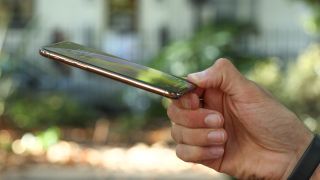
- Started at $999 / £999 / AU$1,629
- Now down to around £629 / $600 / AU$900
- Top model started at $1,349 / £1,349 / AU$2,199
At launch, the iPhone XS price was high at $999 / £999 / AU$1,629. The 256GB iPhone XS price was $1,149 / £1,149 / AU$1,879, and the 512GB iPhone XS price was $1,349 / £1,349 / AU$2,199.
Now, we've got the iPhone 11 Pro and Apple no longer directly sells the iPhone XS. That doesn't mean you won't be able to buy it though as many third-party sellers still offer the device, and we've still got a vast array of iPhone XS deals you can find.
The good news is you may be able to find the phone a little cheaper from such stores though. The price now starts at around £629 / $600 / AU$900, plus you may be able to find even better deals if you're happy to go for a contract.
It's worth noting however that the newer iPhone 11 starts at just starts at $699 / £729 / AU$1,199. This however is more a successor to the iPhone XR than the iPhone XS, so isn't something you'd necessarily want to upgrade to. For a clear upgrade from the XS you're looking at the iPhone 11 Pro, which starts at $999 / £1,049 / AU$1,749.
Key features
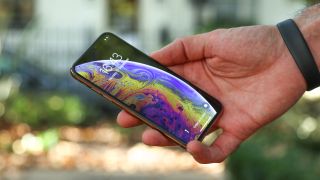
- New gold color option
- Same design and similar features as last gen
Usually in this section we'd talk about all the new features that the phone brings – but in this case there really aren't that many, with Apple resolutely sticking to the strategy of launching an 'S' phone with little changed other than speed improvements and a few other performance bumps.
That's not to say it isn't impressive, and useful, new hardware in the iPhone XS, but most of the benefits won't be instantly discernible to the average user.
One change that is easy to spot is the new color: the gold variant is more mocha than anything else, with a touch of copper in the shade, and brings another option in addition to the Space Gray and silver options.
We can only surmise that this was possible because the chassis of the iPhone XS is so similar to that of the iPhone X, so it wasn't expensive or time-consuming to alter the process to add in a new hue.
A12 Bionic chipset
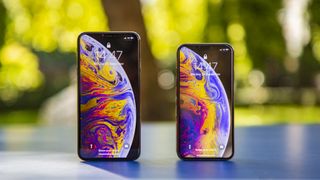
- Loads of power
- Neural Engine brings enhancements throughout
- Notably more powerful AR capabilities
Apple is proudly talking up its new chipset, and with good reason: it's one of the most powerful on a smartphone, created as it was using a 7nm process.
That may not mean much to most people, but essentially it means that more transistors can be chucked onto this hexa-core CPU, which has two 'power' cores and four more that are optimized for efficiency.
However, even those slower cores are still more powerful than any of those found in the iPhone 6, a handset that's only four years old, showing just how rapidly smartphone technology is progressing in terms of power and efficiency.
One might question whether this much power is really needed – and sure, if you're just browsing the web and sending messages it's utterly wasted.
However, if you want to explore the world of augmented reality, then these extra transistors are on hand to help out.
There's also a new 'Neural Engine' in the mix, enabling your phone to become more intelligent, learning as you use it.
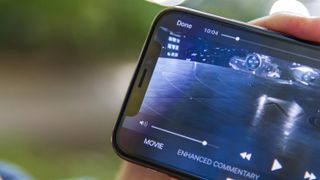
It adds a 'smart layer' to proceedings, allowing the handset to recognize things on the screen, whether that's appending an Animoji to your head in real time during a FaceTime call, or working out what's needed to improve the quality of a photo as you're taking it.
It's hard to really quantify the benefit of this improved chipset other than through numbers. Running the iPhone XS through the Geekbench CPU testing process showed that it's the most powerful phones we've ever used: a score of 11,481 is over 1,000 higher than the iPhone X from last year, and better than any phone we've tested.
That speed improvement is easy to feel within the phone, as the iPhone XS is one of the snappiest handsets we've ever tapped our way through.
It's tricky to say how much of this is down to the hardware and how much to the improved iOS 12 software – but either way, it's a really, really rapid experience.
The A12 chipset brings a step up in graphical performance too – gaming is getting ever closer to console-level graphics, and we had the chance to check out a few AR titles too.
That said, we're still not fully convinced about the benefits of AR gaming – it's mildly diverting for a while, but many titles still seem to lack the overall polish that more typical iPhone games bring, such as Elder Scrolls: Blades, where you've got incredible gaming prowess mixed with high-level effects within.
For instance, we played ElemenTao, and not only did it lack any kind of tutorial but it was a bit clunky when we tried to play it on a desk. That's not really the fault of the game, but rarely do we have a large table with nothing on it on which we can play solo titles, or with chums.
Yes, there will be moments when it's cool, but they'll be as rare as deciding to play board games of an evening – so it depends if that’s what you’re into.
It's worth noting that this is no longer Apple's newest mobile chipset, having been bettered by the A13 Bionic in the iPhone 11 range, but it still outmatches most rival ones.
Current page: A12 Bionic: making a more powerful iPhone
Next Page Face ID improvements and iOS 12
Gareth has been part of the consumer technology world in a career spanning three decades. He started life as a staff writer on the fledgling TechRadar, and has grew with the site (primarily as phones, tablets and wearables editor) until becoming Global Editor in Chief in 2018. Gareth has written over 4,000 articles for TechRadar, has contributed expert insight to a number of other publications, chaired panels on zeitgeist technologies, presented at the Gadget Show Live as well as representing the brand on TV and radio for multiple channels including Sky, BBC, ITV and Al-Jazeera. Passionate about fitness, he can bore anyone rigid about stress management, sleep tracking, heart rate variance as well as bemoaning something about the latest iPhone, Galaxy or OLED TV.
